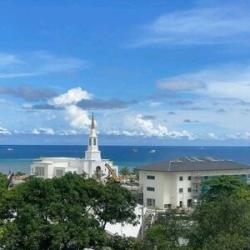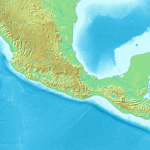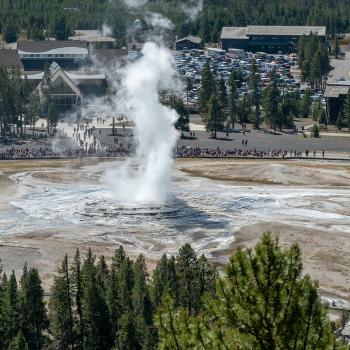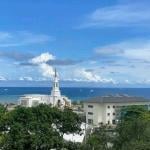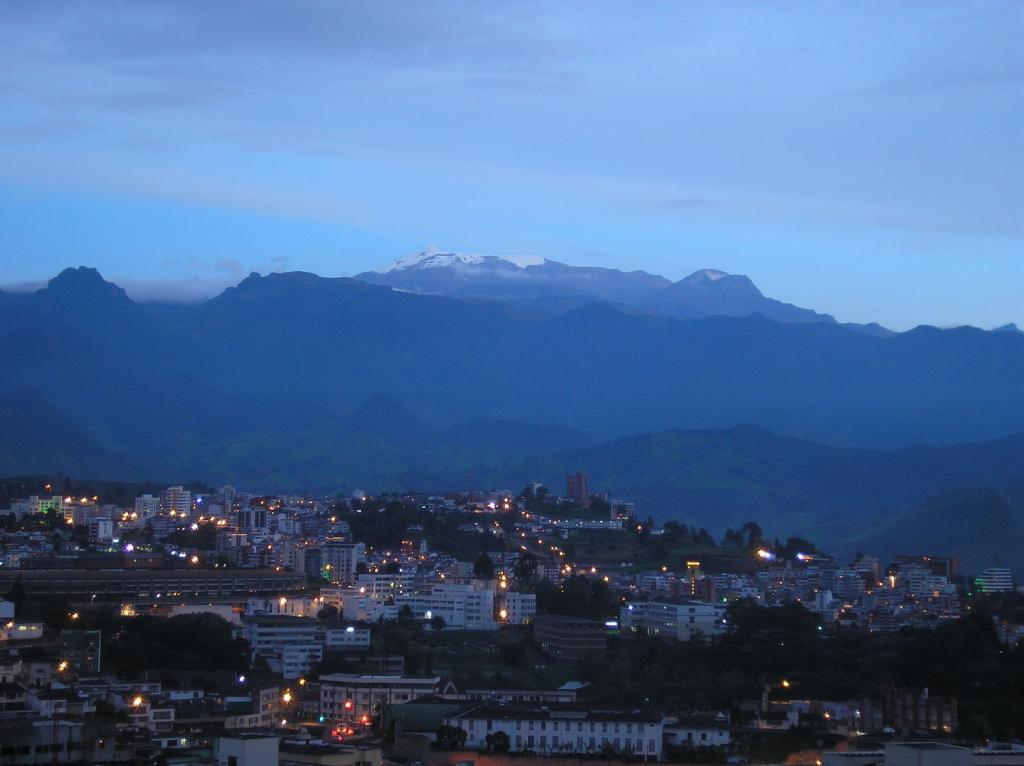
(Wikimedia Commons public domain photograph)
I continue with notes that I’m drawing largely from an article written by my longtime friend Dr. Bart Kowallis, a Professor Emeritus in the Department of Geological Sciences at Brigham Young University, about the natural catastrophe described in the Book of Mormon as having occurred in the New World at the death of Christ: Bart J. Kowallis, “In the Thirty and Fourth Year: A Geologist’s View of the Great Destruction in 3 Nephi,” BYU Studies 37/3 (1997-1998):
According to the account given in 3 Nephi, the cities of Jacobugath, Laman, Josh, Gad, and Kishkumen were burned, along with their inhabitants. The great city of Zarahemla “took fire,” as well. The cities of Moroni, Onihah, Mocum, and (New World) Jerusalem were covered by water, and their inhabitants drowned. The cities of Moronihah, Gilgal, Gadiandi, Gadiomnah, Jacob, and Gimgimno “sank” into the earth or were buried.
Is this plausible? Can it be explained by known geological causes? Yes, and yes it can.
The destruction of people and buildings may occur in a variety of different ways during an explosive volcanic eruption, and the devastation may be widespread, reaching up to a few hundred miles from the erupting volcano. . . . The cities mentioned in the 3 Nephi account were all destroyed in ways understandable in terms of a massive volcanic eruption. (160)
Hot ash falling onto wooden and thatched structures would cause fires, as would a fast-moving hot cloud of ash traveling along the ground, violent lightning accompanying a volcanic eruption, and disturbed lamps, torches, and cooking fires. Professor Kowallis cites the case of the city of Stabiae, which caught fire during the eruption of Mount Vesuvius in A.D. 79, and quotes extensively from a dramatic account of the eruption of Mt. Pelée on the eastern Caribbean island of Martinique in 1902. He also includes spectacular before-and-after photographs of the once thriving city of St. Pierre.
The flooding of cities and villages is also a common occurrence during large, explosive volcanic eruptions. (162)
Tidal waves or, more properly, tsunamis, are one result of such volcanic events. During Krakatoa’s 1883 eruption, 165 villages were totally destroyed and an additional 132 were partially destroyed by massive waves, which are reported to have reached heights of more than 130 feet. Approximately 33,000 people died as a result of these waves. The city of Moroni, one of those destroyed by water, is described in the Book of Mormon as having been “near the east sea” (Alma 50:13).
The seiche waves on a lake can also be very destructive, as can changes in lake water levels. After the 1980 eruption of Mount St. Helens, Spirit Lake, which was located at the foot of the volcano was two hundred feet higher in elevation. “Lodges, cabins — everything near the previous lakeshore — were buried deeply under water, mud, and debris” (165). John Sorenson has suggested that the New World city of Jerusalem was located on the shore of a lake.



